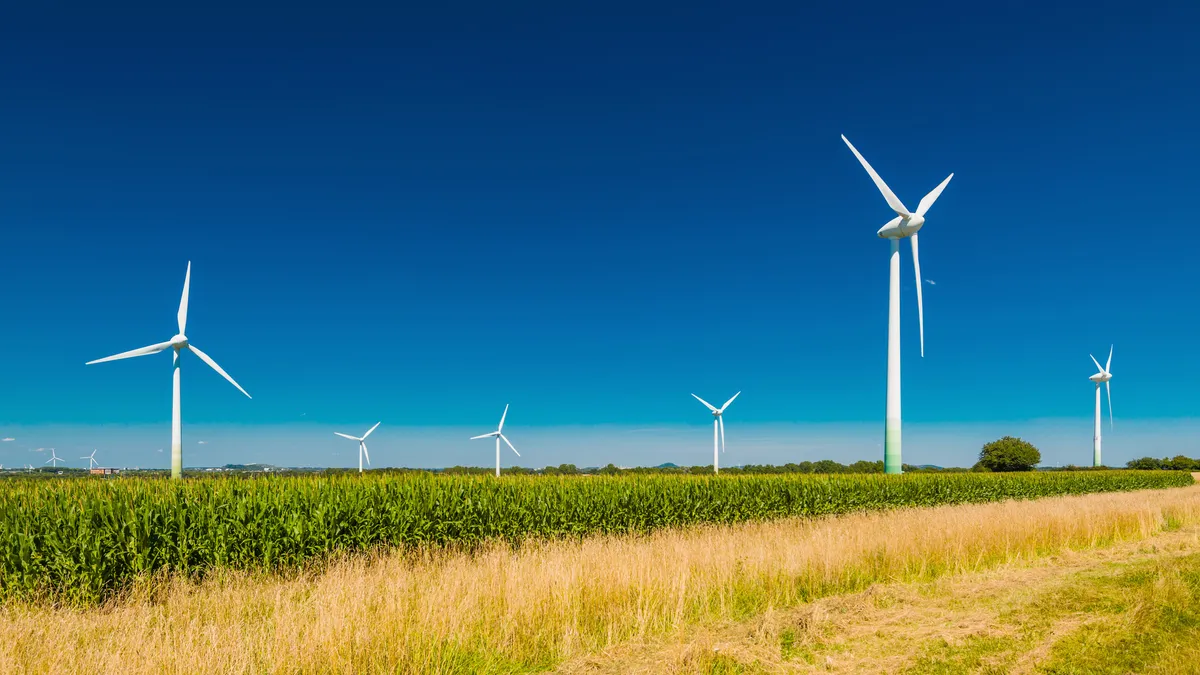Dive Brief:
- A new report from Ceres examines clean-energy sales at the country's 30 largest investor-owned utilities, finding California energy providers all topped 20% in 2014 while Florida Power & Light (FPL), Consolidated Edison and American Electric Power (AEP) all came in at less than 1%.
- Corporate and consumer demand for clean energy, along with the improving economics of carbon-free sources, are driving utility procurement "above and beyond policy requirements," Ceres found in its analysis.
- While Pacific Gas & Electric generated the most clean energy, Sempra Energy supplied the most to customers as a percentage of overall demand — exceeding a third of the utility's retail sales.
Dive Insight:
Among the 30 largest investor-owned utilities, the average retail sales of clean energy was about 10%. Which makes outliers on both ends stand out, with California utilities posting impressive numbers and utilities with more traditional supply appearing paltry. But Northeastern utility Eversource Energy led the way in energy efficiency savings.
On the West Coast, more than 36% of Sempra Energy's retail electric sales came from clean energy sources in 2014, according to Ceres' report. PG&E followed at about 26%, and Edison Electric at 23%. All of these are are California utilities.
PG&E’s renewable sales grew from 14.6 million to 19.5 million MWh from 2012 to 2014, with more than 25% of its total sales coming from renewable resources in 2014, up from about 17% in 2012. The utility is "well on track to achieve California’s interim renewables goal of 33 percent by 2020," Ceres said.
Pinnacle West and Alliant Energy are at about the mean, just above 10% of retail sales. But on the bottom end, FPL, AEP and Con Edison all below 1%, and the Florida utility's retail sales of clean energy were just 0.17% in 2014.
Eversource Energy, PG&E, Portland General Electric, National Grid and Pinnacle West performed best on incremental energy efficiency savings, according to the report, with each reaching annual savings of at least 1.5% of their total retail electric sales.
"In doing so, they are helping their customers save on their energy bills while also helping avoid the need to build costly new power generation capacity," Ceres said. The weakest performers, with minimal or no energy efficiency savings, were Southern Co., Entergy, Dominion Resources and FPL.
Overall, state policy is one of the largest drivers of clean energy use. "Top-performing utilities on renewable energy and energy efficiency are located almost entirely in states with more ambitious clean energy policy goals," Ceres said, pointing to California, Illinois, Massachusetts, Minnesota, New York, and Oregon. "Utilities with poor results are typically in states with weak policies, many of them being in the Southeast," the report concluded.














